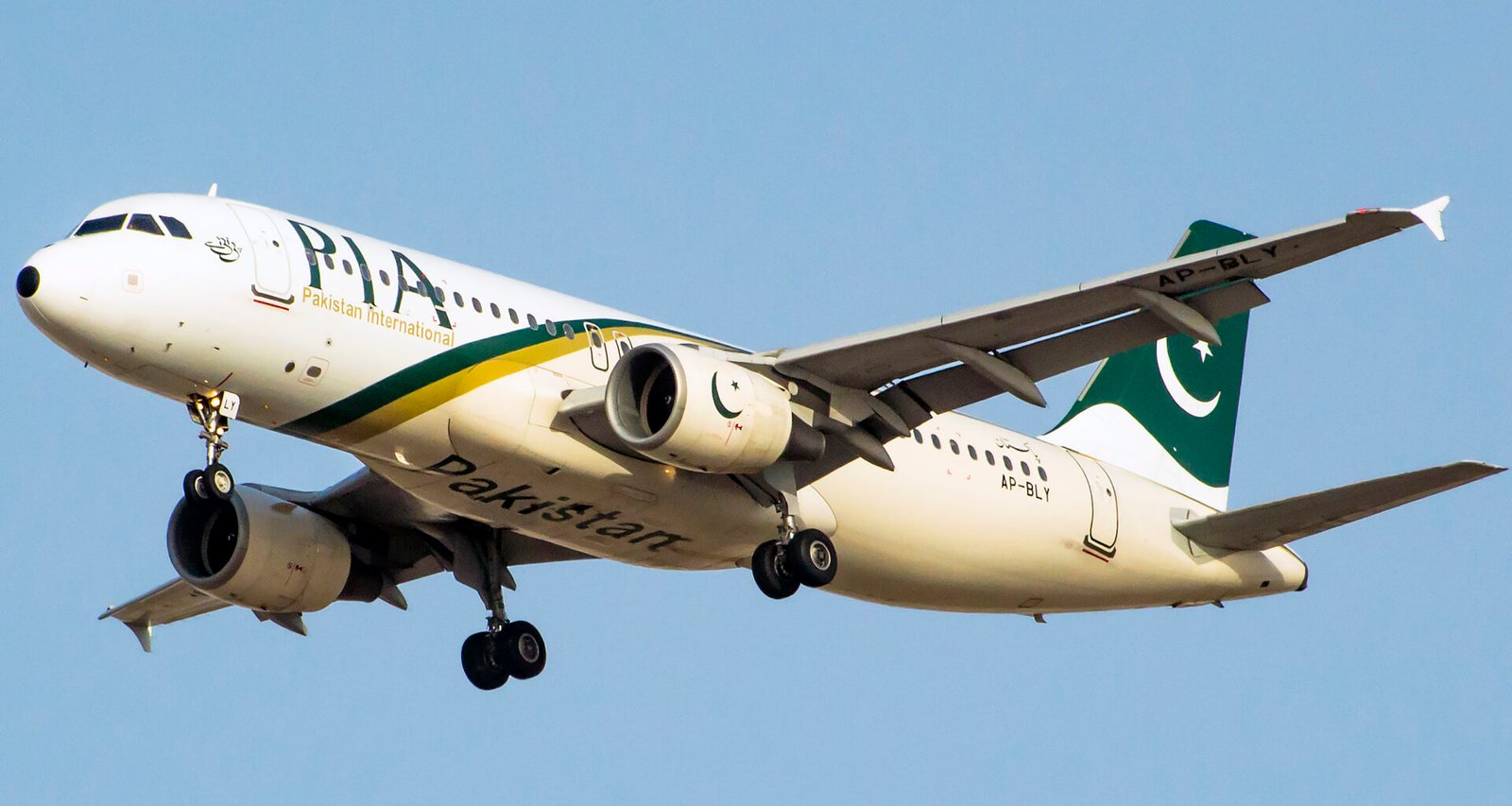History of Airbus A320
When Airbus A320 was rolled out in 1987, it was actually a new kid on the block. With the state-of-the-art technology first introduced on a commercial aircraft, the aircraft was going to make history. However, the top management was not too sure about the level of its success in the future. The aircraft was indeed a huge success!

Description of Airbus A320
An A320 is a short to the medium-range single-aisle airliner. It is in service since 1988. Its design’s unique feature is that it is the first airliner with a fly-by-wire system with side stick controlling and an Electronic Flight Instrument System cockpit. Two CFM56 turbofan engines power the aircraft.

Member of the Auspicious Airbus A320 Family
The A320 is a member of the A320 family. At the moment, Airbus is offering two versions of the A320 – the original A320ceo and the next A320neo. The ‘ceo’ is older, and it stands for the ‘current engine option,’ and the ‘neo’ is the ‘new engine option. The prime difference between the two types is the structural modification to the wings and replacing the older engine with a better-performance new engine. The A320ceo initially competed with the Boeing 737 Classic and the McDonnell Douglas MD-80. It also competed with the Boeing 737 Next Generation (NG) and the McDonnell Douglas MD-90. The Boeing 737 MAX is Boeing’s response to the A320neo.
Performance and Adaptability
An A320 can accommodate 140-170 passengers in twin class configuration. However, this capacity can be expanded to 190 passengers in a single economy class. The aircraft has remained an ideal selection for new entrants in the airline industry due to its lower procurement price, lesser training cost, and good fuel efficiency. Over the above, in a single-aisle configuration, it has a wider cabin than a Boeing 737.
Wider Cabin size offers a lot more than you think!
Furthermore, the superior cabin size and shape allow larger overhead storage compartments to be fitted, offering more convenience and leading to faster boarding and deplaning. The wider fuselage also provides unmatched cargo capability. The A320 is also unique in its category in offering a containerized cargo loading system essential for profitable cargo operations. This system is compatible with the worldwide standard wide-body system, which reduces ground equipment and handling costs.

Read more:- Airbus A320 – The Game Changer (Part -I)
Competitive Advantage
The A320 has the widest single-aisle fuselage on the market, which actually improves the passenger cabin adaptability in this segment. This particular feature also allows for utmost comfort with wider seats and aisles. Most importantly, it is necessary to understand that this aircraft was built for short-haul operations. An extra-wide aisle is extremely useful during fast turnarounds, which are essential in the low-cost market. Short turnaround actually increases revenue per flight. This factor is directly related to the profits of the airlines. Logically, a smaller aircraft takes lesser time to be ready for the next sortie. For that matter, the A320 gives this competitive advantage to its operators.
Read more:- Airblue and its Vision for New Aircraft
Growth and Expansion
Airbus saw the success of the 737 in particular and saw the seeming monopoly that they had in the short-haul market. Airbus, therefore, designed the original A320 to be much more fuel-efficient than the original Boeing 737 variants. This is something that Airbus has tried to keep up, with its relative success. The A320 has a range of 5,700 km / 3,078 nm. For an older version, it’s the best range that can be offered for short-haul flights.
Overall these years, the A320 has proven to be the best ‘work Horse’ for short-haul flights in terms of its design and performance parameters. Two airlines in Pakistan, Airblue and AirSial, have a complete fleet of Airbus aircraft. Airblue is operating the A320 and A321 aircraft at the moment. The airline is queuing up to receive its A320neo soon. Similarly, as a new entrant to the Pakistan aviation industry, AirSial opted for an all-Airbus fleet, the A320s.
Final Word
The A320 is always a win-win situation for any operator. The expansion of the A320 family in all these years is a testimony that operators have earned good revenues with this aircraft. It is, in fact, the best choice for an airline to enter the market and launch its initial operations. The aircraft is not only a cost saver but equally a good earner for any airline. Last but not least, the A320 family is expanding, and it is surely going to be at the pinnacles of the global aviation industry in the future to come.
Written by guest writer, Faisal Bashir




